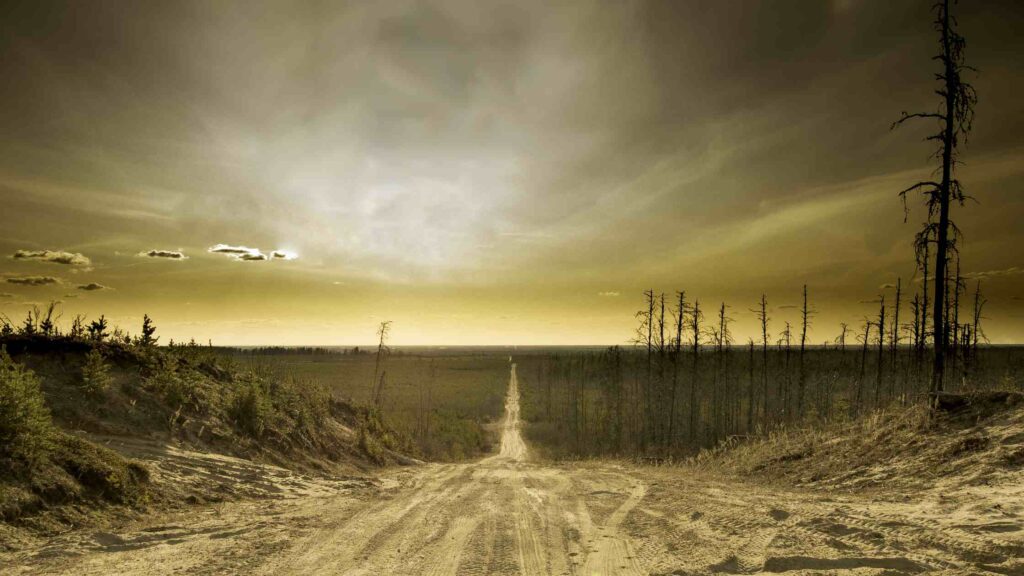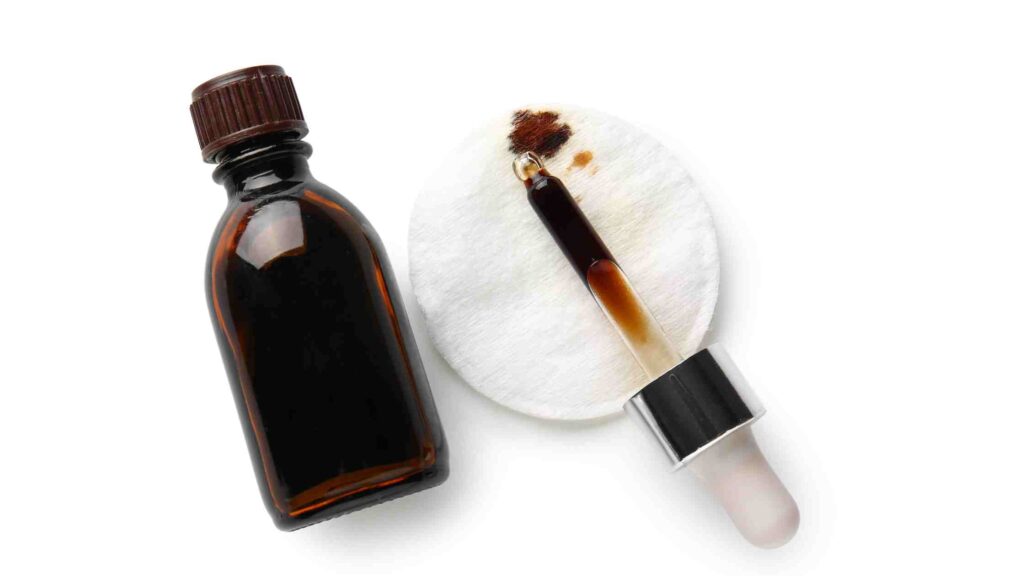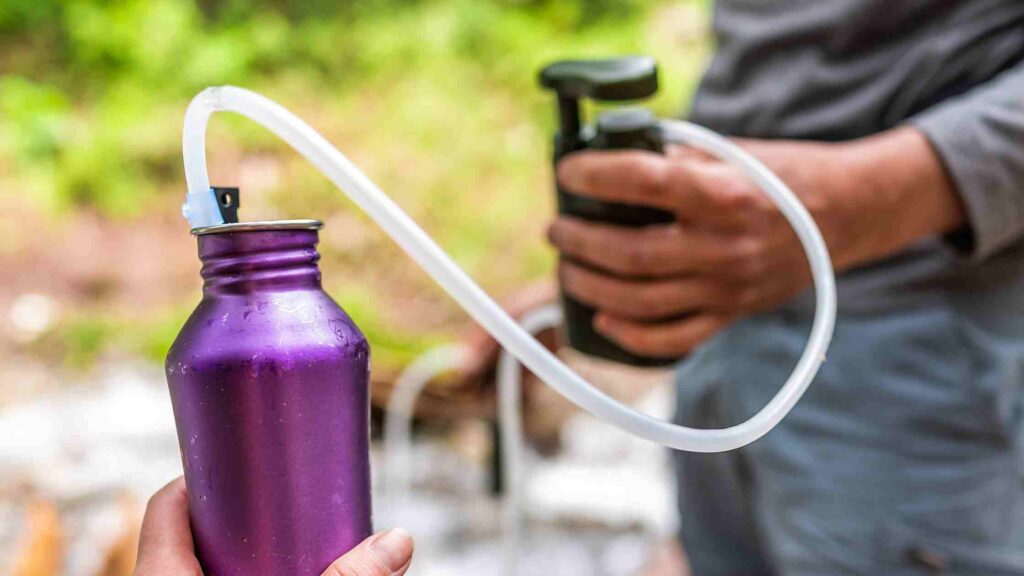In the face of an unforeseen disaster, being adequately prepared can mean the difference between comfort and hardship or, in extreme cases, survival and peril. While comprehensive preparation can seem daunting and potentially expensive, numerous inexpensive items can be critical in an emergency situation. This article will outline essential yet affordable items you should have on hand when disaster strikes, emphasizing their importance and multifunctional uses. Scroll to the bottom for a detailed list.

Water Purification Supplies
Water is the most crucial resource for survival, and having the means to purify water is vital. Chemical purifiers, such as iodine tablets or chlorine dioxide drops, are inexpensive and have a long shelf life. Additionally, a portable water filter or a simple setup to boil water can save lives by preventing waterborne illnesses.
Non-Perishable Foods
Stocking up on non-perishable foods that require minimal or no preparation is essential. Canned goods, dried beans, rice, powdered milk, and energy bars are affordable options that can sustain you for days or even weeks. These foods are not only cost-effective but also rich in the calories and nutrients needed to maintain energy levels during stressful times.
First Aid Supplies
A basic first aid kit is indispensable during a disaster. Items such as bandages, antiseptic wipes, antibiotic ointment, pain relievers, and allergy medications can be purchased inexpensively. Including manual tools like tweezers, scissors, and a thermometer can further enhance your kit’s utility without significantly increasing its cost.
Lighting and Power Sources
Reliable lighting can provide comfort and safety in the dark. Inexpensive flashlights and headlamps, along with extra batteries, ensure you have light when needed. Solar-powered or hand-crank lights and chargers offer a renewable energy source that can keep essential devices like mobile phones operational.
Hygiene Supplies
Maintaining personal hygiene is crucial to preventing infections, especially in disaster scenarios. Items such as soap, toothpaste, sanitary napkins, and toilet paper are inexpensive and should be stocked in ample quantities. Hand sanitizer and wet wipes can be particularly useful when water is scarce.
Multi-Tool and Basic Tools
A multi-tool encompasses various tools in a single, compact device, including knives, screwdrivers, and can openers. It’s an invaluable and affordable tool for repairs, food preparation, and first aid. Additionally, basic tools like a hammer, pliers, and duct tape can be critical for making temporary repairs or constructing shelter.
Warmth and Shelter
Exposure to harsh weather can be life-threatening. Mylar emergency blankets are cheap, lightweight, and compact, yet they can retain body heat effectively. Similarly, having a few tarps and ropes on hand can help create makeshift shelters or collect rainwater.
Clothing and Protective Gear
Extra clothing, particularly in layers, can be vital for staying warm and dry. Items such as gloves, hats, and sturdy shoes protect against the elements and can be found at minimal cost. Sunglasses and sunscreen are also important for protection from harmful UV rays, even in colder climates.
Communication Tools
In a disaster, staying informed and being able to communicate is essential. A battery-powered or hand-crank radio can provide access to weather updates and emergency broadcasts. Prepaid cell phones or inexpensive walkie-talkies can also facilitate communication with family members or emergency services.
Maps and Local Guides
Having physical copies of maps and local guides can be crucial if digital devices fail. They can help you navigate to safety zones, locate resources, or find alternative routes in disrupted areas. These can often be acquired for free or at a low cost from local tourism offices or online.
Personal Documents and Cash
Copies of important personal documents (e.g., identification, medical records, insurance policies) should be kept in a waterproof container. Additionally, keeping a small amount of cash on hand is wise, as ATMs and credit card machines may not be operational.
Fire Starting Materials
The ability to start a fire is essential for warmth, cooking, and sterilization. Waterproof matches, lighters, and magnesium fire starters are inexpensive tools that should be included in your disaster kit. Additionally, tinder, such as cotton balls soaked in petroleum jelly, can be prepared in advance at minimal cost.
Seeds
For long-term disaster scenarios, having a variety of vegetable and herb seeds can provide a sustainable food source. Seeds are affordable, take up little space, and can be stored for years until needed.
Mental Health Items
Disasters can be incredibly stressful, and maintaining mental health is as important as physical well-being. Simple items like books, cards, or small games can provide distraction and comfort. Notebooks and pens can also be useful for documenting experiences or organizing thoughts and tasks.

Here is a format with a list so you can easily get what you need.
- Water Purification Tablets: Easily purify contaminated water, making it safe to drink. Check out our other article on 15 Water Purification Techniques for Emergency Situations15 Water Purification Techniques for Emergency Situations.
- Bleach (Unscented): A few drops can disinfect water, and it’s also useful for sanitizing surfaces.
- Manual Can Opener: Ensures access to canned food when electricity is not available.
- Flashlights and Batteries: Essential for power outages to navigate safely in the dark.
- Matches and Lighters: Critical for starting fires for warmth, cooking, or boiling water.
- Candles: Provide light and a bit of warmth; long-burning candles are especially valuable.
- First Aid Kit: Basic medical supplies for treating minor injuries or illnesses.
- Hand Sanitizer: Helps maintain hygiene when water is scarce.
- Antibacterial Wipes and Soap: Useful for cleaning surfaces and personal hygiene.
- Multi-Tool: Combines several tools in one, including knives, screwdrivers, and scissors.
- Duct Tape: Fixes almost anything temporarily, from leaks to broken tools.
- Tarp: Offers shelter, collects rainwater, or can be used as a ground cover.
- Rope or Paracord: Useful for building shelters, repairs, or as a clothesline.
- Mylar Blankets: Compact, lightweight, and can retain body heat in cold climates.
- Solar Phone Charger: Keeps communication devices running when the power is out.
- Portable Radio (Battery or Hand-Cranked): Provides updates on the situation.
- Non-Perishable Food: Canned goods, dried fruits, nuts, and energy bars. Check out our article on These 11 Nutrient Dense Food Items For When Disaster Strikes
- Water Container with Spigot: For storing and dispensing purified water.
- Seed Packets: For starting a garden if the situation prolongs.
- Basic Sewing Kit: For repairing clothes and gear.
- Safety Pins: Quick fix for clothing, makeshift fishing hook, or securing items.
- Whistle: To signal for help without expending much energy.
- Local Maps: For navigation when digital devices fail.
- Work Gloves: Protect hands during cleanup or when handling rough materials.
- Dust Masks: Essential in areas with contaminated air or during cleanup operations.
- Wet Wipes: For personal hygiene when bathing is not an option.
- Trash Bags: Multi-use for waste, waterproofing, or makeshift ponchos.
- Insect Repellent: Prevents bug bites that can lead to diseases.
- Sunscreen: Protects against sunburn during outdoor activities.
- Basic Fishing Kit: Provides a way to obtain food in water-rich environments.
- Notebook and Pencil: For recording information, messages, or keeping a diary.
- Playing Cards or Small Games: For entertainment and mental health.
- Spare Eyeglasses or Contact Lenses: For those who require them to see.
- Cash (Small Bills): Useful when ATMs and credit card systems are down.
- Fire Extinguisher (Small): To combat small fires before they spread.
- Personal Hygiene Items: Toothbrush, toothpaste, menstrual products, etc.
- Chlorine Granules: For larger-scale water purification or disinfection needs.
- Zip Ties: For quick fixes, securing items together, or emergency restraints.
- Aluminum Foil: For cooking, signaling, or as a heat reflector.
- Water Filter Straw: A personal water filtration solution for drinking directly from sources.
- Poncho: Lightweight, compact rain protection.
- Bandanas: Serve as clothing protection, sweatbands, or emergency bandages.
- Compass: Essential for direction finding when GPS is not available.
- Survival Knife: For general cutting tasks, food preparation, or self-defense.
- Thick Socks: Keep feet warm and dry, preventing blisters during long walks.
- Solar Lanterns: Provide light without the need for batteries.
- Vitamins: supplements like iodine or activated charcoal will help detox your body of contaminants, and a multivitamin to supplement nutrition if your diet becomes limited.
- Sling Bag or Backpack: For organizing and carrying supplies if you need to move.
- Gardening Tools (Handheld): For cultivating food in long-term scenarios.
- Waterproof Document Holder: For keeping important documents safe and dry.

